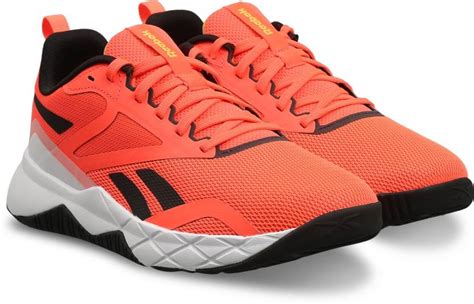The Foundation of a Pain-Free Run: Why Your Shoes Matter
For runners, the right pair of shoes isn’t just about comfort; it’s a critical tool for preventing injuries, providing essential support, and offering long-term value for countless miles. Investing time in selecting the perfect footwear can be the difference between a consistent, enjoyable running journey and one riddled with aches and setbacks.
This comprehensive guide delves into the crucial aspects of choosing running shoes that prioritize your health, support your unique biomechanics, and prove to be a worthy investment over time.
Understanding the Pillars: Prevention, Support, and Value
Injury Prevention: Cushioning and Stability
The primary role of a running shoe in injury prevention is shock absorption and maintaining proper foot alignment. Cushioning technologies have evolved dramatically, offering varying degrees of softness and responsiveness to protect joints from the repetitive impact of running. However, too much cushion without adequate stability can also be detrimental for some runners.
Stability features, such as medial posts or guide rails, help to control excessive pronation (the inward roll of the foot) which can lead to common issues like shin splints, runner’s knee, and plantar fasciitis. Matching the shoe’s stability level to your pronation type is paramount.
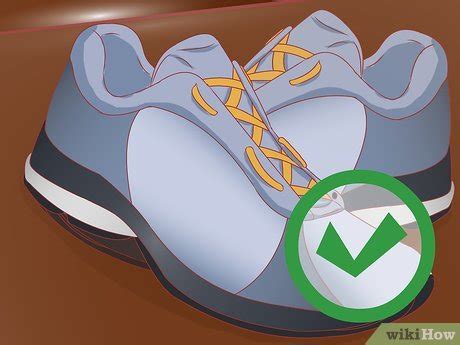
Support: Catering to Your Unique Foot Structure
Beyond general stability, true support comes from a shoe that complements your individual foot arch and gait cycle. A professional gait analysis is highly recommended to determine whether you have neutral arches, overpronation, or supination. This analysis guides you towards shoes designed for your specific needs, ensuring your foot is held in an optimal position throughout your stride.
Different shoe types—neutral, stability, and motion control—are engineered with varying levels of support to accommodate these differences. Choosing incorrectly can lead to imbalances and increased stress on the lower body.
Long-Term Value: Durability and Performance
While an initial investment in high-quality running shoes might seem significant, their long-term value often outweighs cheaper alternatives. Durable outsoles, resilient midsole materials, and well-constructed uppers mean shoes retain their protective and supportive qualities for more miles. This translates to fewer replacements and consistent performance, ultimately saving you money and protecting your body over time. Look for brands known for their material innovation and rigorous testing.
Key Features to Prioritize When Buying
Midsoles: The Heart of Cushioning and Responsiveness
Modern running shoe midsoles utilize advanced foams like EVA, TPU variants (e.g., Adidas Boost), PEBA (e.g., Nike ZoomX), and gel/air pockets. Each offers a different blend of cushioning, energy return, and durability. Softer foams provide greater impact absorption, while firmer ones offer more responsiveness and stability. Consider your preferred feel and typical running distances.
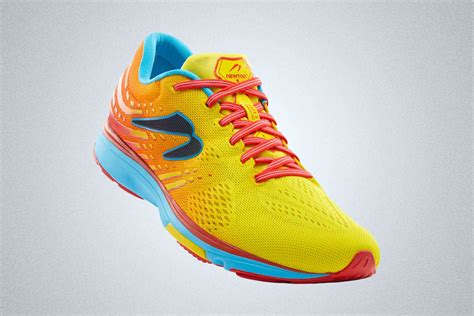
Outsoles: Grip and Longevity
The outsole is your shoe’s contact point with the ground. Durable rubber compounds, often strategically placed in high-wear areas, extend the life of the shoe. Tread patterns vary, with road shoes having smoother, flatter designs and trail shoes featuring aggressive lugs for grip on uneven terrain. A good outsole also contributes to traction, preventing slips and falls.
Uppers and Fit: Comfort and Security
The upper material (knits, meshes, synthetics) should provide a secure yet comfortable fit without pinching or rubbing. A well-fitting upper keeps your foot locked in place, preventing unnecessary movement that can cause blisters or instability. Ensure there’s adequate room in the toe box, often a thumb’s width from your longest toe to the end of the shoe.
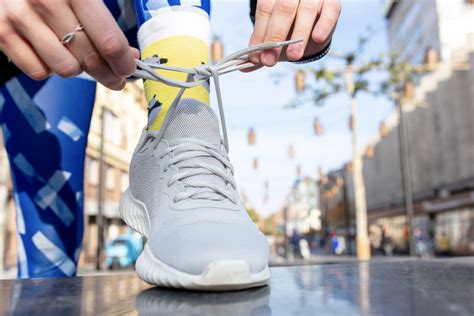
Finding Your Perfect Match: General Recommendations
While specific models change annually, understanding categories is key:
- Neutral Cushioned Shoes: Ideal for runners with high arches or those who supinate, offering maximum shock absorption without added stability features.
- Stability Shoes: Designed for mild to moderate overpronators, incorporating features like medial posts or guide rails to reduce excessive inward rolling of the foot.
- Motion Control Shoes:1 For severe overpronators, these offer the highest level of stability and support, often with a wider base and firmer materials.
Remember, trying on several pairs, preferably at the end of the day when your feet are slightly swollen, and walking/running a bit in them, is crucial before making a purchase.
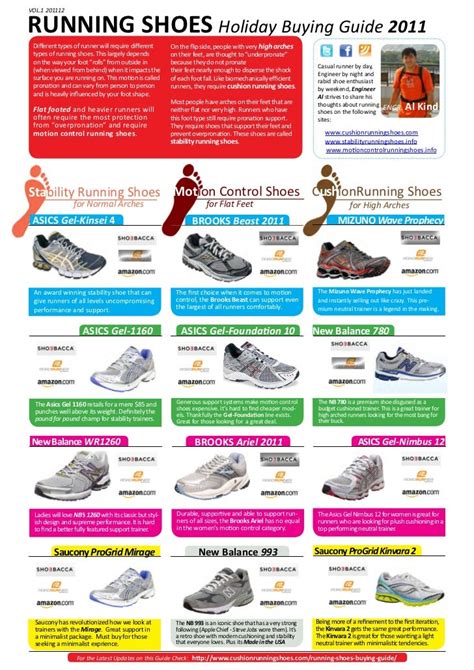
Maximizing Your Investment: Shoe Care and Replacement
Even the best shoes have a lifespan. Most running shoes last between 300-500 miles, but this can vary based on your weight, running style, and terrain. Look for signs of wear: diminished cushioning, worn-down outsoles, and aches in your body that weren’t there before. Proper care, like air-drying after runs and avoiding machine washing, can help extend their life slightly.
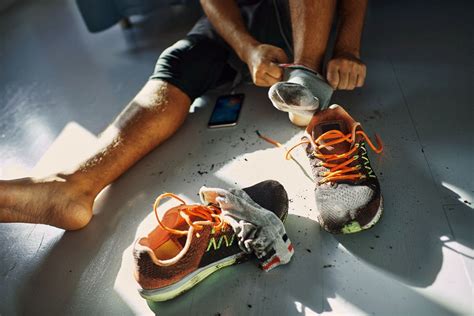
Conclusion: Run Strong, Stay Healthy
Choosing the best running shoes for injury prevention, support, and long-term value is a highly personal decision, but one that yields significant rewards. By understanding your foot type, prioritizing fit and cushioning, and recognizing the importance of durability, you can select footwear that not only enhances your performance but, more importantly, keeps you running comfortably and injury-free for years to come. Invest wisely in your feet, and they will carry you far.



